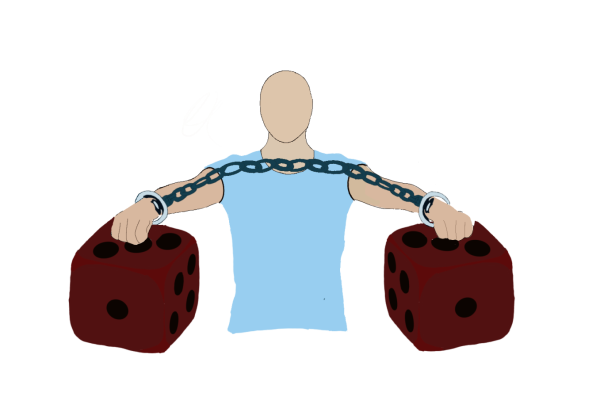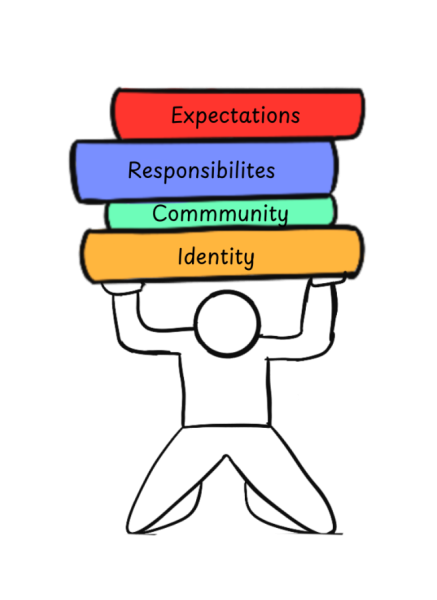The Bar-On Brief: Setting an achievable New Year’s resolution

New calendars are hung on the fridge, students are writing the incorrect year on the top corner of their papers and the gyms are overflowing with new month-long members.
Among these, there is another common practice that is revived every January: New Year’s resolutions.
Such resolutions are generally either loved or hated by the average person. Forty-two percent of Americans never make New Year’s resolutions and 41 percent “usually make them.”
Of those who choose resolutions for themselves, the common trend is to fail them. A mere nine percent of Americans reported successfully achieving their 2016 resolution.
The underlying reason behind the failing of a resolution comes from the formation of the resolution itself. Bear with me as I explain how I learned to set an achievable resolution.
For the past two years, I have been a member of the Jewish Student Union, a club that invites Rabbi Avraham Maimon to speak every week.
One day, the rabbi brought with him a piece of hardwood. I, along with the rest of the club members, was confused as to what construction plans he would share with us in his talk.
Instead of bringing out the blueprints, he laid the piece of wood between two desks and told us that he would slice the wood in half with his hand. Some of us thought he was kidding, some of us thought he really could do it and some of us thought he had gone mad.
Sure enough, he smashed the piece and broke it into two. The crowd cheered, but I was confused as to what place karate had in Judaism.
Then he explained the philosophy behind what he did, or moreso how he did it. He said the best way to achieve a goal is to create a harder one, one that encompasses the original target.
The rabbi’s aim may have been to break the piece of wood, but in his mind, he attempted to break through the floor. Breaking the piece of wood was simply a byproduct of what he told himself he was capable of accomplishing.
The rabbi’s advice can be used practically with some of 2017’s most frequent resolutions. Two of the most common involve losing weight and making better financial decisions. Aiming to exercise more often than previously thought was possible may lead to losing the targeted weight. Planning to spend less money than the originally generated budget may well be the key to save more.
In all cases, it is more efficient and motivating to aim higher than the original goal and not to underestimate your capabilities.
The obstacle between you and your target is not who you are. It is who you think you are not.
And with that, I rest my case.
The Bar-On Brief is a weekly column that runs Thursdays.
Follow Shauli Bar-On on Twitter @shauli_baron








